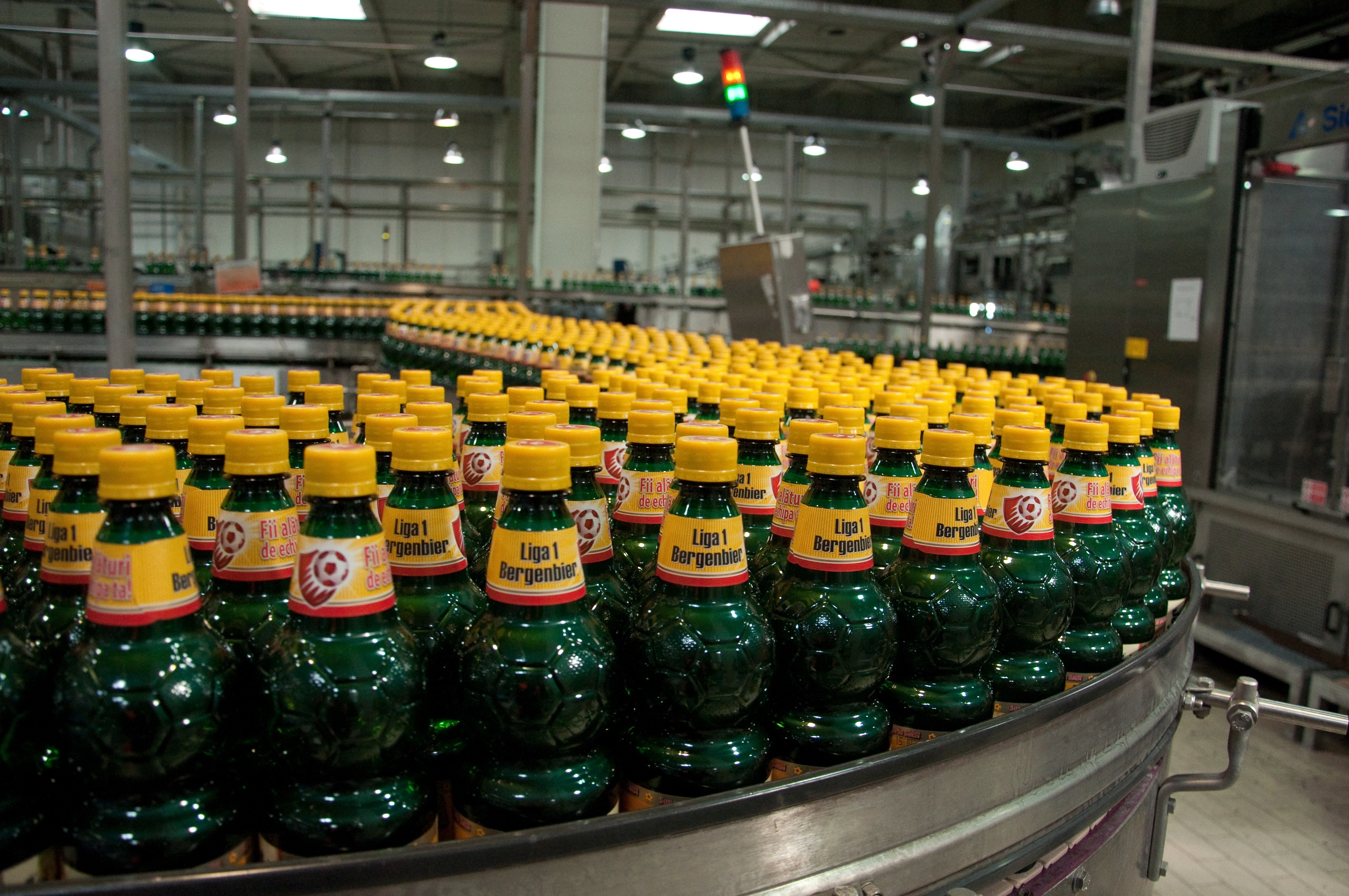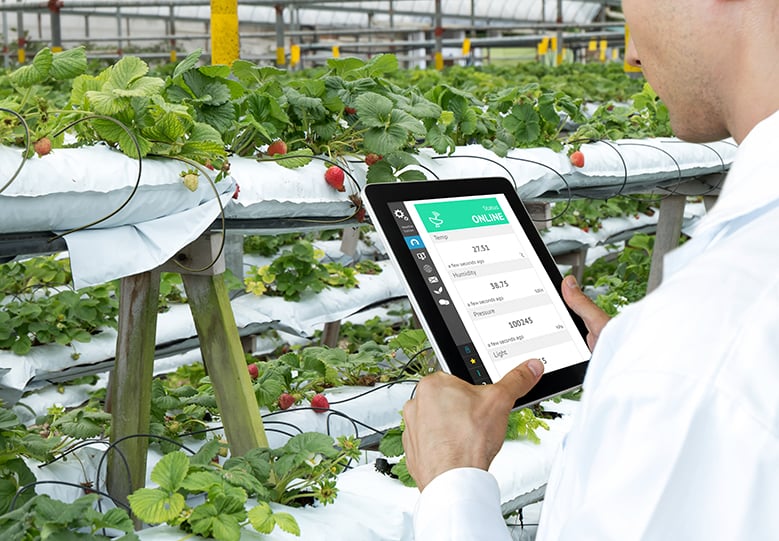As customer and consumer expectations rise, demanding more and more unique services with smaller and smaller lead times, supply chain complexity increases. This, combined with the drive for more transparency, makes efficient information management and communication a major focal point for supply chain leaders.
What’s the impact of fragmented information and poor communication on the food supply chain?
Food supply chains, where parties in the network have disjointed, uneven, little or even no knowledge of each other’s current state, present actions and go forward plans can lead to:
- Misalignments in supply and demand
- Products in the wrong places at the wrong times
- Increases in food loss and waste
- Process inefficiencies
- Extra costs of corrective activities
- Upstream and downstream productivity impairments
- Reduction in confidence
- Internal and external teams becoming more disconnected from one another
- Mistrust of information from some or all parties in the network
Eventually these issues lead to customer service failures regarding quality and or OTIF (on-time in-full) and ultimately to company reputation damage and losses in revenue.
From my many years in the food industry, a particular recollection that illustrates most of the above dysfunctional effects comes to mind. It played out over a whole season in the brassica industry.
Preseason, all parties in a broccoli supply chain were gathering their information to make sure that all customers will be supplied in full for the following season. The production and planning teams turn the sales demand into capacity plans and material requirements (“… let’s make sure that we add 10% to last year’s yield numbers to cover off any quality problems this season may bring…”).
 Photo by CJ Dayrit on Unsplash
Photo by CJ Dayrit on Unsplash
The Procurement teams transpose the raw material requirements into a supplier plan for call-off next year (“…just remember that the production team only think in terms of inputs and outputs. Let’s add 10% just to make sure that we can cover any demand spikes or bad weather issues…”).
Lastly, the growers take up the task of securing land banks and seed to cover the seasons intake (“…be mindful that that is the customers’ requirements. Don’t forget to add a safety margin...”).
You can see the direction that this one is heading.
Midway through the season, it became apparent that the food chain was over supplied. Sales and production throughputs were as expected, and fields were planted as per the plan. So what was the culprit? It turned out the surplus product that new sales could not be found for ended up being ploughed back into the fields at the end of the season!
Although this example may seem like the perfect storm, I’m sure that many businesses can relate to the above scenario in some aspect. Or, perhaps see of some the warning signs of a dysfunctional supply chain like running multiple forecasts or the inability to see influences on supply and demand in real-time.
How to overcome the challenges of supply chain complexity

Overcoming these challenges is not easy. How do we make sure each party in the value-chain is aware of their and each other’s accountabilities, responsibilities, and to be on the same page when it comes to the end goal of exceeding customer expectations?
Lack of transparency, visibility, multiple versions of the truth and the time taken to retrieve information are a few of the main reasons behind these challenges.
Technology plays a big role in helping to manage these complexities. It’s no accident that the big players in supply chain optimisation like Amazon are also big in technology.
So how is technology used?
Technology is used to ensure that all information is captured accurately at its source, held in one central place and that everybody in the supply chain can access this information in real-time.
ERP solutions, such as Microsoft Dynamics 365 Business Central, can integrate your core business processes and hold information in one central location. This makes it much easier for all those involved in business-wide activities to gain a complete view of the whole supply chain.

Here are some benefits of this type of technology:
- No need to manage multiple, disparate systems and spreadsheets
- Access to real-time insights
- Enhanced communication with all parties in your supply chain
- Access to automation reducing the risk of human error and inaccurate information
- Reduction in the cost of product waste
- Products in the right place at the right time reducing cash tied up in inventory
- Access to powerful analytics features – so you can make more informed decisions and continuously improve processes
- Being able to fulfil your promises to customer and suppliers alike
Does it stop at the supply chain?
If you invest in an industry-specific solution on top of your ERP, you can get even more out of your benefits. Aptean Food and Beverage ERP, for instance, is one solution specially designed for the food and beverage industry that can help you extend the core features of Business Central.
Embedded within the Microsoft Dynamics 365 Business Central platform, Aptean Food and Beverage ERP can help you:
- Better manage and minimise allergen risks
- Improve food traceability (especially when paired with a powerful analytics tool like Microsoft’s Power BI)
- Minimise the risk of product recalls
- Comply with changing regulations
- Manage your quality control processes
- Minimise your food loss and waste (and even turn part of it into revenue)
- Keep track of consumer trends so you can keep up with demand spikes and exceed their expectations.
Discover more industry challenges and how technology can help you overcome them
Fragmented information and lack of communication caused by poor data visibility are just two of the common issues facing the food industry. There are many others from managing product recalls to complying with regulations and standards.
We mentioned them briefly in this blog but if you’d like to find out more and how best to tackle them, check out our comprehensive guide below.

